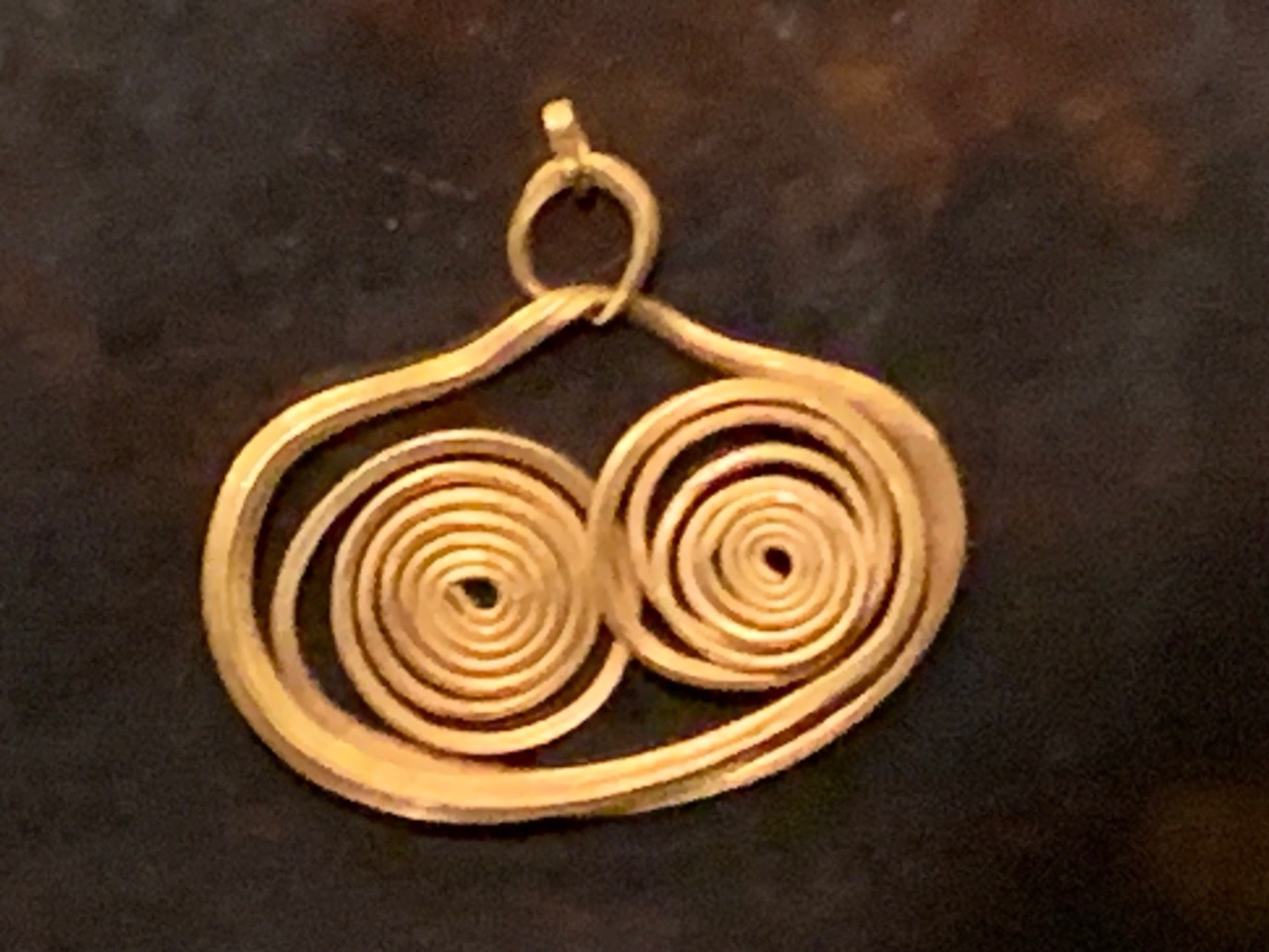

Earring
My Louvre by Antoine Compagnon

Earring
Why has this Mycenaean earring from the sixteenth century BCE captured my attention and made me stop before it (Denon, room 170)? I could simply say: because it is beautiful; because its pure gold has crossed the ages to reach us; because its form is simple. It is the spiral. This is the spiral that we find on the terracotta vases of ancient Greece and the Egyptian pottery of the Naqada period, the spiral that was one of the basic forms of ornament before becoming the gidouille of Père Ubu’s belly, the spiral that twentieth-century art has gradually banished as trivial decoration.